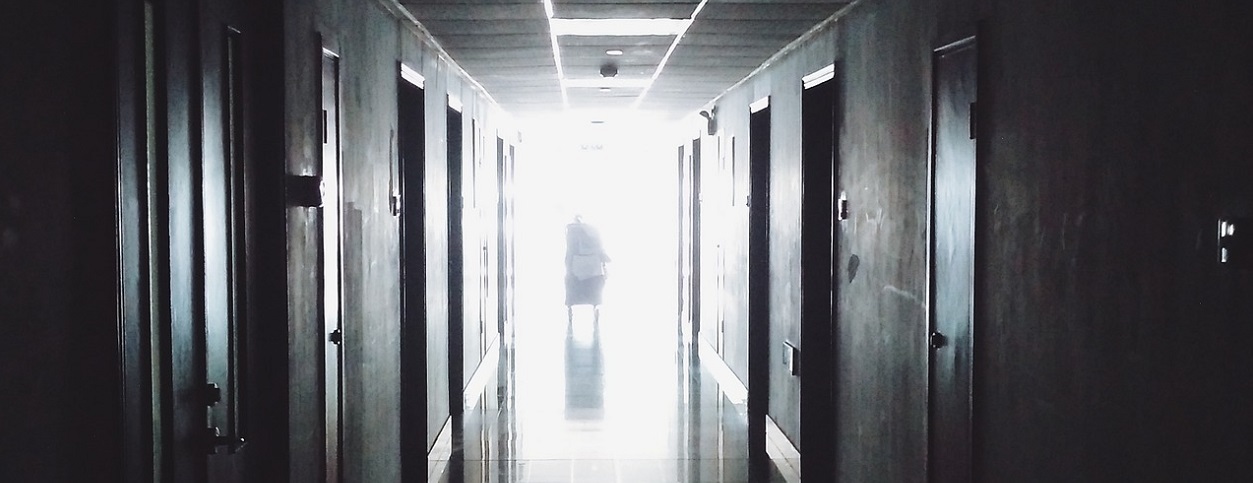Dr. Gianett Rands: #MeToo and Mental Health: Gender Parity in the Field of Psychiatry | OUPblog
#MeToo and Mental Health: Gender Parity in the Field of Psychiatry | OUPblog
In 2015, I retired from the NHS and presented an exit seminar titled “Career Reflections of a 1970s Feminist,” using my experiences of training and working in medicine and psychiatry from 1975 to 2015 to highlight women’s issues. Afterward, I was surprised by discussions with current women psychiatry trainees, who said that not much had changed in terms of their work experiences.
This was shocking and sad. Many women who campaigned during the 1960s assumed that inequalities would melt away when the Sex Discrimination Act 1975 and the Equal Pay Act 1970 were enacted on 29th Dec 1979. Instead, throughout 2018 there has been a deluge of media coverage about gender inequalities and sexual harassment.
The Women’s Movement has a long history dating back to the fifteenth century or before and gathering momentum in the 19th century. I have in my ancestry two pioneering intellectual women, Margaret Fuller (1810-1850) and Frances Willard (1839-1898), who were part of the Women’s Movement in America. In those days, their priorities were education and suffrage. They would have been disappointed to think that 200 years later, women were still suffering inequalities. In 1893, New Zealand became the first country in which women had the right to vote in parliamentary elections. The two World Wars later opened spaces for women to excel outside their domestic spheres.
Women (and men) have made great strides in this arena, but something has stalled since enactment of our discrimination and equality laws. The immediate response is to gather data and draw up policies and protocol. But these have not worked in the past, so why expect the same process to produce different results next time? Sam Smethers, CEO of the Fawcett Society, talks of “push back.” Historians of feminism talk about waves (which implies troughs too). Others talk of “undercurrents” or “stealthy factors,” or instruct in survival strategies such as “leaning in.”
We do not know why such inertia exists in our social structures. Perhaps ethological (observation of animal behaviour) research in our organisations is the place to start. How do people, men and women, behave in our institutions and why is the resistance to change so strong?
Consider these three scenarios:
1. Cauliflower cheese portions:
This is familiar to many women. You go to the canteen at work with male colleagues and the kindly serving staff dish out your cauliflower cheese. As a woman, mine was often smaller than that of the male doctors I dined with. Portion control was not equal. We paid the same. We were all happy—the men get a good dollop of lunch, I got plenty for my needs and the kindly staff had done their jobs well. But it was not equal. Is it a problem? Is it so much part of our indoctrinations that it is usually invisible? Is this just a clear and amusing example of many, more insidious inequalities that perpetuate gender differences in our social settings? Verdict: More research needed.
2. Surfing
It is becoming apparent that women doctors work harder than many men doctors and get paid less. How did that happen when the UK has a national contract? There is focus on clinical awards, who gets extras, career effects of working less than full-time, gender differences in academic medicine, and so on, but ethological research could give insights here too. Consider this stereotyped scenario: male consultant, any specialty, his secretary may make him tea or coffee, hang up his coat, prepare clinic, tribunal, and lecture materials, have letters ready for signing, manage his diary, etc. His team will usually be fully staffed and his operating theatres have their quotas of assistants. What of this happens for his woman colleague? Are more staffing gaps found in teams with women consultants? Who does the extras such as on call rota planning, extra teaching, and pastoral care? Close analysis of the ways institutions support men and women employees differently may show that while men get help to surf the waves, women get ballast and smaller surfboards. Again, more research needed.
3. Witch hunting
Something happens in the treatment of women employees as they get older. Just at the stage when they are likely to have fewer domestic commitments and more time available for work, their wisdom and skills seem less valued. At this stage, there seems to be a culling of older women and a stacking up of older men at the hierarchy pinnacles. Some people’s testimonies seem difficult to believe initially, until one considers witch hunting. Why did witch hunting—a gendered phenomenon that defied logic–evolve in some societies in the past, and by which medusa tentacles is such group-think or bias evident now? Why do our social systems need this sort of group behaviour, who initiates it, who perpetuates it, and who benefits from it? More research needed.
Psychiatry is not the only space in which women are silenced or burdened, but as a discipline it’s one lens through which we can analyse a larger phenomenon. Now more than ever, it’s essential to discuss, in real time, women’s experiences as health professionals and as patients in mental health services. Too often women have been silenced and the gender gap in scientific publications is one example of this. As I edited the essays for this book, I was constantly overwhelmed by their quality, integrity, and content, and so inspired by my wonderful women colleagues.
Featured image credit: “Medical hospital hallway” by Foundry. Public domain via Pixabay.



